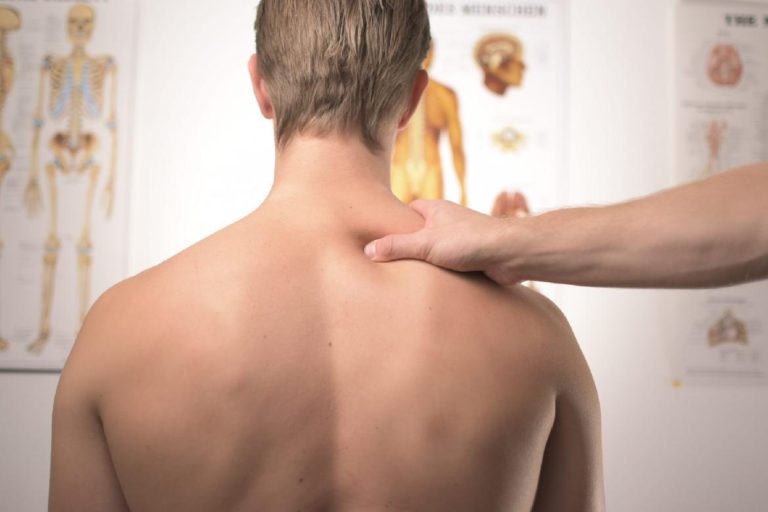“Chiropractors provide many of the treatments included in the clinical guidelines for the initial treatment of low back pain, neck pain, and osteoarthritis of the hip, knee, and hand,” Corcoran said.
The findings were presented here at the American Academy of Pain Medicine (AAPM) 2019 Annual Meeting.
Assessing “Downstream” Impact
Corcoran said the investigators knew of “a small but growing amount of scientific literature” suggesting that chiropractic care may be negatively correlated with opioid use.
However, “no study has systematically reviewed all of the available literature to determine if indeed there was an overall association between use of a chiropractor and receipt of opioids,” she said. “So we were curious to see if chiropractic care would have an impact on downstream opioid use,” Corcoran added.
After reviewing all of the available literature on chiropractic use and opioid prescribing, the researchers selected six studies with a total of 62,000 patients to include in the current analysis.
The data showed that the use of chiropractic care ranged from 11.3% to 51.3%. The proportion of patients receiving an opioid prescription was lower for chiropractic users (range, 12.3% – 57.6%) compared with nonusers (range, 31.2% – 65.9%). Chiropractic users were also less likely to receive an opioid prescription, with a risk ratio of 0.51 (95% confidence interval, 0.44 – 0.59; P < .001).
Commenting on the findings for Medscape Medical News, Ann E. Hansen, MD, University of Washington/Boise VA Medical Center, Boise, Idaho, said that although the importance of complementary medicine, physical therapy, chiropractic care, and movement therapies are well recognized as first-line management for common back and neck pain, “there is little scientific data to support the specific applications of these modalities.”
“Muscle pain and dysfunction are the most common etiology of back and neck pain and is best addressed with conservative care,” said Hansen, who was not involved with the current research.
“Chiropractic management is not limited to manipulation, but also may include other manual therapies, massage, and therapeutic exercise instruction. However, assessment of the impact of these diverse approaches is beyond the scope of their study,” she added. Notwithstanding her caution, Hansen commended the investigators for their efforts in conducting the study.
“This timely meta-analysis supports the need for further research in an important area. It is important to remind people suffering from musculoskeletal pain to consult their physicians for a thorough medical evaluation prior to adopting a chiropractic program or exercise regimen,” she concluded.
The research was supported by the Department of Veterans Affairs, Health Services Research and Development, and the NCMIC Foundation. Corcoran and Hansen have disclosed no relevant financial relationships.
American Academy of Pain Medicine (AAPM) 2019 Annual Meeting: Abstract 107. Presented March 08, 2019.
